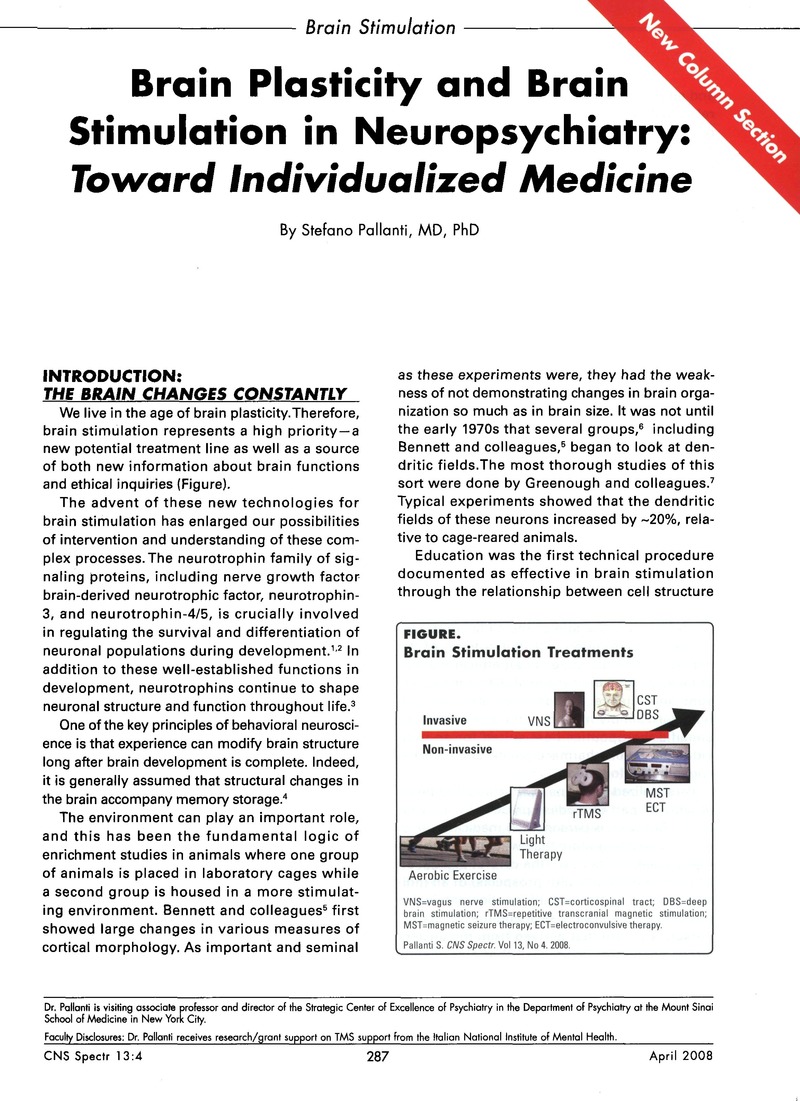Crossref Citations
This article has been cited by the following publications. This list is generated based on data provided by Crossref.
Jansen, Jochem M.
van der Werf, Ysbrand D.
van den Heuvel, Odile A.
de Wit, Stella J.
van den Brink, Wim
and
Goudriaan, Anna E.
2015.
Niet-invasieve hersenstimulatie bij verslaving; het effect op craving en emotieregulatie.
Neuropraxis,
Vol. 19,
Issue. 3,
p.
54.
Wu, Youliang
Mo, Jiajie
Sui, Lisen
Zhang, Jianguo
Hu, Wenhan
Zhang, Chao
Wang, Yao
Liu, Chang
Zhao, Baotian
Wang, Xiu
Zhang, Kai
and
Xie, Xuemin
2021.
Deep Brain Stimulation in Treatment-Resistant Depression: A Systematic Review and Meta-Analysis on Efficacy and Safety.
Frontiers in Neuroscience,
Vol. 15,
Issue. ,
Kar, Sujita K.
Menon, Vikas
and
Agarwal, Aditya
2022.
Gut–brain interaction: scope of neuromodulation techniques.
CNS Spectrums,
Vol. 27,
Issue. 5,
p.
547.



